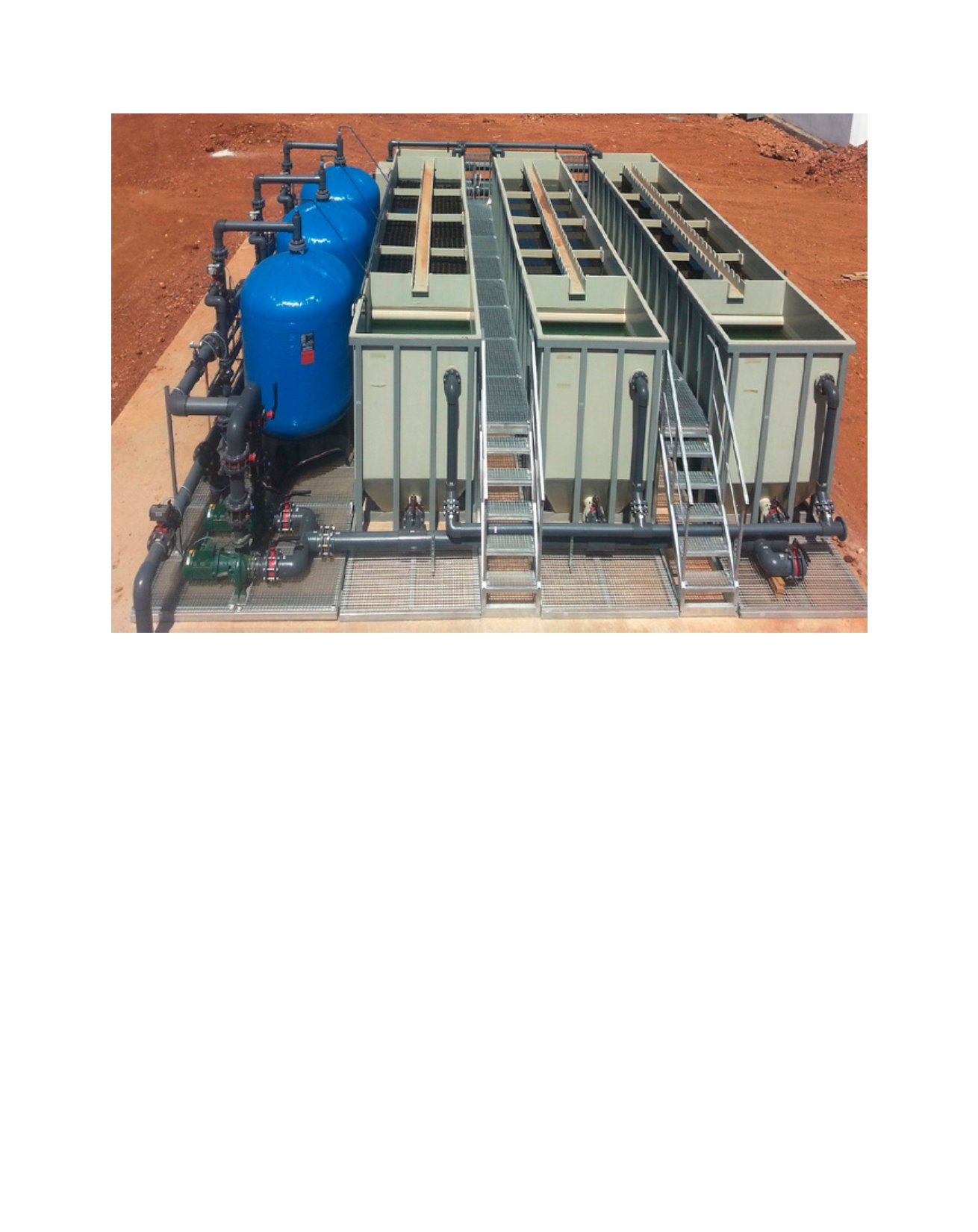

[
] 64
access
to
water
and
sanitation
for
all
The UAE grants administered by ADFD have supported
four major projects in the construction of large and small-
scale dams. Dams play a vital role in regional economies
across Morocco by providing drinking water, regulating
the flow of water, reducing flood risks, providing water
for irrigation of farmland, as well as producing electricity.
The following two interventions highlight how the UAE
is supporting the Moroccan government to implement its
Green Morocco Plan and National Water Strategy to increase
water supply for drinking and irrigation purposes.
A US$17 million soft loan was provided to build the Tamkit
Dam located in the arid Errachidia province of the Meknès-
Tafilalet region. With a storage capacity of 14 million m
3
, the
dam will supply water for drinking and irrigation purposes
to the areas of Goulmima, Tinjdad, and surrounding rural
communities. The dam will support the local economy by
protecting agricultural production through the prevention
of floods and recharging aquifers to maintain adequate flow
of water, thus strengthening the farmers’ capacity to manage
agricultural production. The project is expected to benefit
an estimated 150,000 people, including 120,000 residing in
rural areas.
The Kharroub Dam is considered one of the most impor-
tant strategic projects under the Green Morocco Plan and
National Water Strategy. The US$137 million grant project
is located 45km south of Tangier City and 22km east of
Assilah town. The dam will increase water supply for drink-
ing, industrial, and irrigation purposes. The dam will have
a storage capacity of 185 million m
3
and will regulate an
annual volume of 40 million m
3
of water. The dam reservoir
will also create opportunities for environmental tourism
by increasing access to local communities. The project is
expected to benefit more than 1,700,000 people by 2030.
UAE’s assistance to the Moroccan government in expand-
ing its network of dams and water connectivity supports the
country’s long-term strategy in meeting its 16.5 billion m
3
of water needs by 2030.
7
As emphasised in the initiatives
under the National Water Strategy and Moroccan Green Plan,
the projects funded by the UAE will support the country in
becoming resilient to future shocks, ensuring water is acces-
sible, managed, and used sustainably.
Guided by the UAE Foreign Assistance Strategy – which
emphasises a cohesive approach to effective development
cooperation throughout the UAE foreign assistance sector
– implementation of the 2030 Agenda for Sustainable
Development will continue to be supported across key
sectors, including water and sanitation. Pursuing collabo-
rative partnerships with country partners will continue to
drive the UAE’s approach to international development and
humanitarian relief. The UAE remains committed to working
with partner countries to achieve their development priori-
ties, and supporting water and sanitation sector projects that
have an essential role in the socio-economic growth of its
partner countries.
Monobloc cooling unit
Image: MoFAIC UAE
















